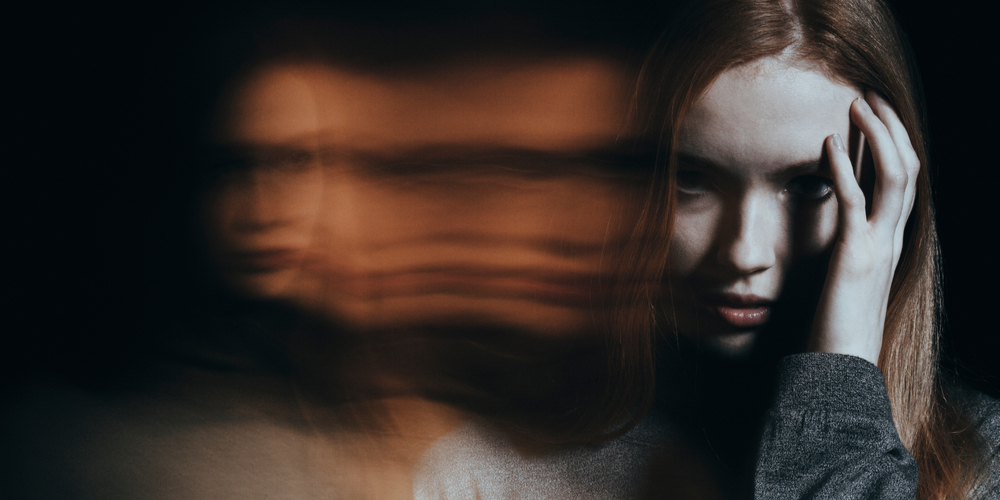
People who are affected with this condition experiences the symptoms of both a mood disorder such as depression and the symptoms for schizophrenia concurrently or within a few days between each other. This is a controversial condition because some experts do not recognize the need to give a separate diagnosis for this condition. There are two subtypes for this disorder. They are the following:
- bipolar or also known as schizomania
- unipolar or the depressed state
The symptoms appear early in the adult life. Men experience the symptoms earlier than the women do. One out of two hundred people is believed to have this disorder at any point in their lives. Women are at a higher risk of developing this disorder than men.
Symptoms
The schizoaffective disorder has the following symptoms:
- Serious mood disorder. This symptom can be bipolar or unipolar. The bipolar is also known as manic. This is characterized by extreme mood swings ranging from depression to mania. Unipolar, on the other hand, is the consistent depressed state of the patient, coupled with sleep disruption, loss of appetite, loss of concentration and thoughts of suicide.
- Psychotic symptoms. The symptoms are the same to those people with schizophrenia like having hallucinations, delusions and hearing voices. These people have a distorted view of reality.
Mood disorders often have psychotic symptoms. If a person is diagnosed with schizoaffective disorder, this is usually done only if the psychotic symptoms have persisted for two nights after the person’s mood has been stabilized.
Causes
Studies indicate that schizoaffective disorder is genetically induced. The disorder has been found to be strongest for people who have a mental or mood disorder and schizophrenia history in their family. Anything else outside the genetic factor is not known for little studies have been done to confirm alternative factors. But there are social factors like substance abuse, social stress, traumatic experiences, and alcohol abuse which could trigger the onset of the disorder. These social factors also play a major role in relapses in the future.
Treatments
The combination treatment of medication, talk therapy and social intervention has been known to be the most effective measure for this disorder. In the acute state, the patient has to be admitted in the hospital. After or before the acute state of the disorder, the patient may want to become socially active like going to their community and socializing with their family and friends.
In drug therapy, it involves a combination of medications like mood stabilizers such as Sodium Valporate and Lithium along with anti-psychotic and anti-depressant drugs. Using anti-psychotic drugs are for the bipolar patients while the use of anti-depressants and anti-psychotic drugs are for the unipolar patients. Electroconvulsive therapy or ECT is rarely used. ECT may be prescribed for patients who suffer from severe depression or when the patient’s life is at risk e.g. when they have stopped drinking or eating.
The approved psychological treatments are the group or individual Cognitive Behavioural Therapy and family therapy. There are also social interventions like the social rehabilitation model – a treatment which helps the people to become independent and to develop social and employment skills.
Outcome for schizoaffective disorder
This condition is known as being less debilitating than schizophrenia even if there are 30-40% of the people with this disorder try to commit suicide. One out of ten people will succeed in their suicide attempt. Most of the patients recover completely from each episode. Some of the patients will have only one episode but some of the patients will have recurring bouts of the disorder. More often, the patients will become stressed.
- Patients with bipolar schizoaffective disorder will suffer from severe psychotic symptoms. They will also display disturbed behaviour but can make a complete recovery after a couple of weeks.
- Patients with unipolar schizoaffective disorder will suffer from less severe psychotic symptoms although the episodes will last longer.
Self-help
Patients with the disorder should be involved in choosing which care plan is best for them. This way, they will have control over their problem. Aside from professional treatments, the patient is also encouraged to join support groups and learn relaxation techniques. They are also encouraged to do routine exercise and eat a well-balanced meal.

